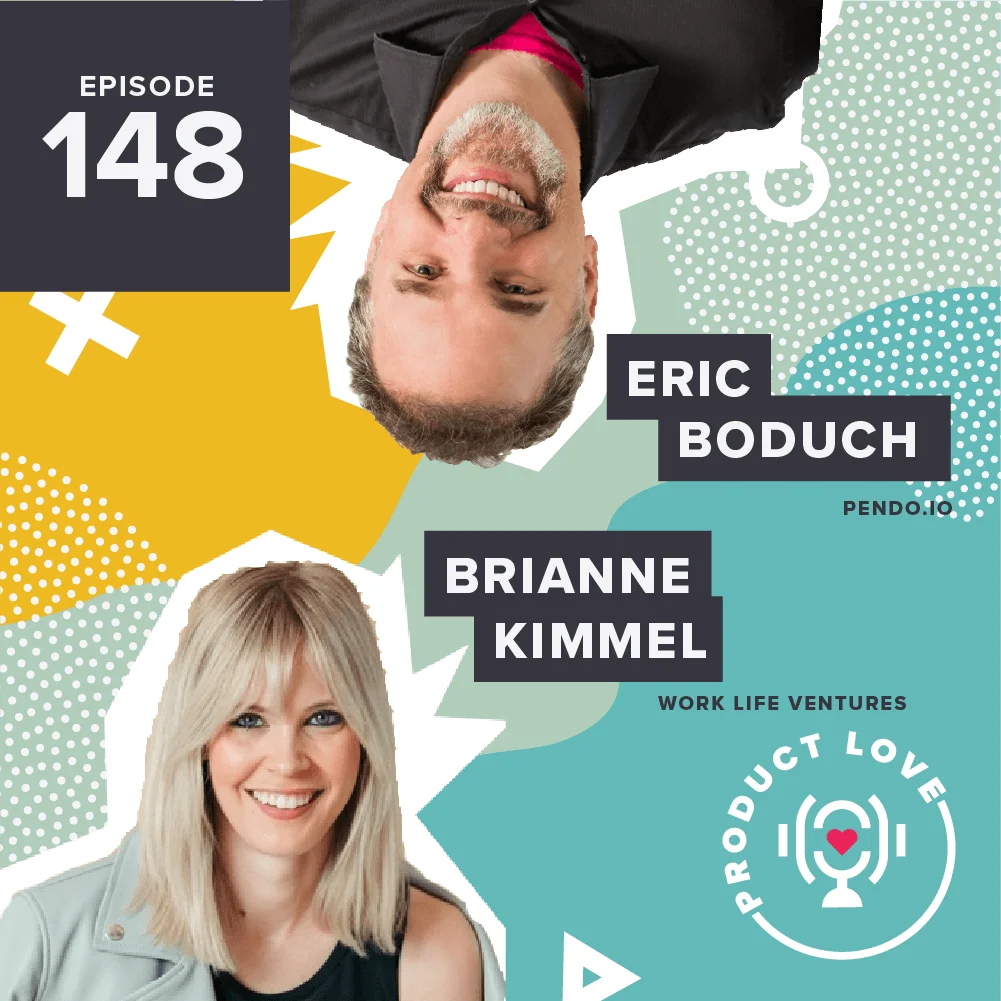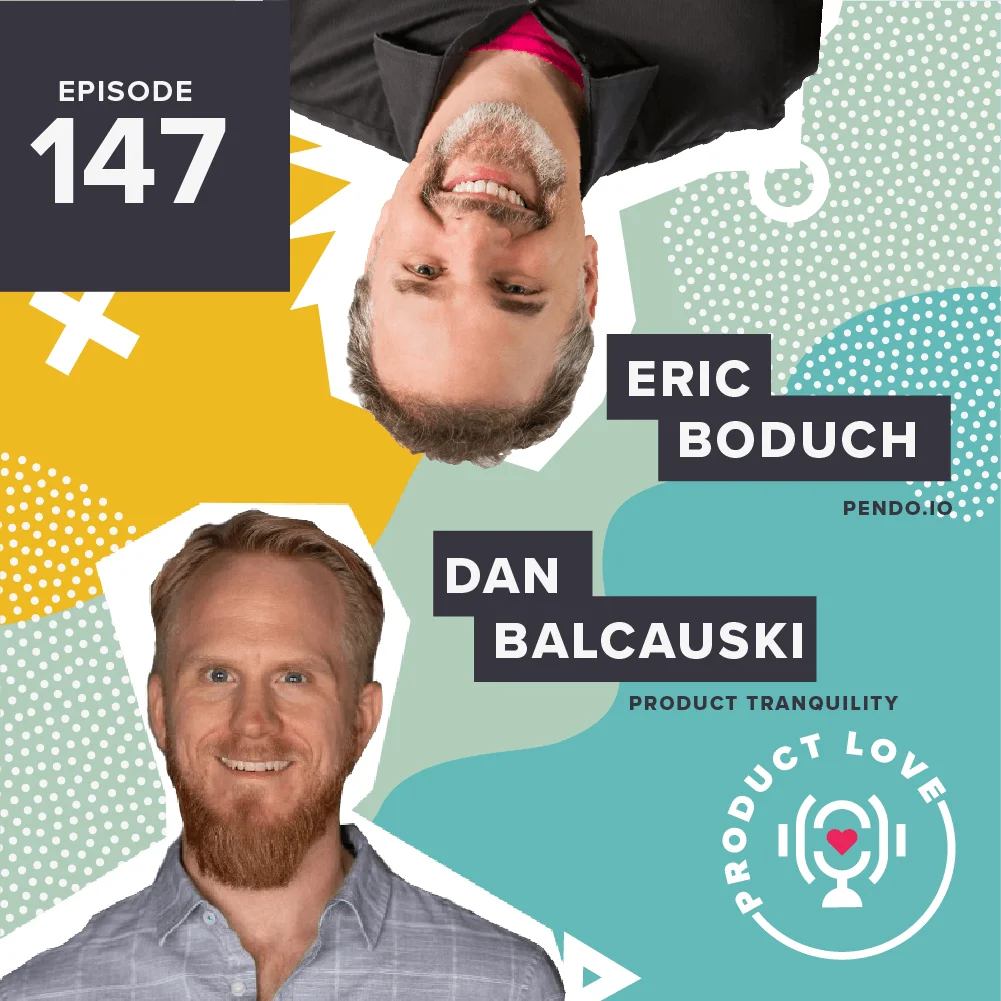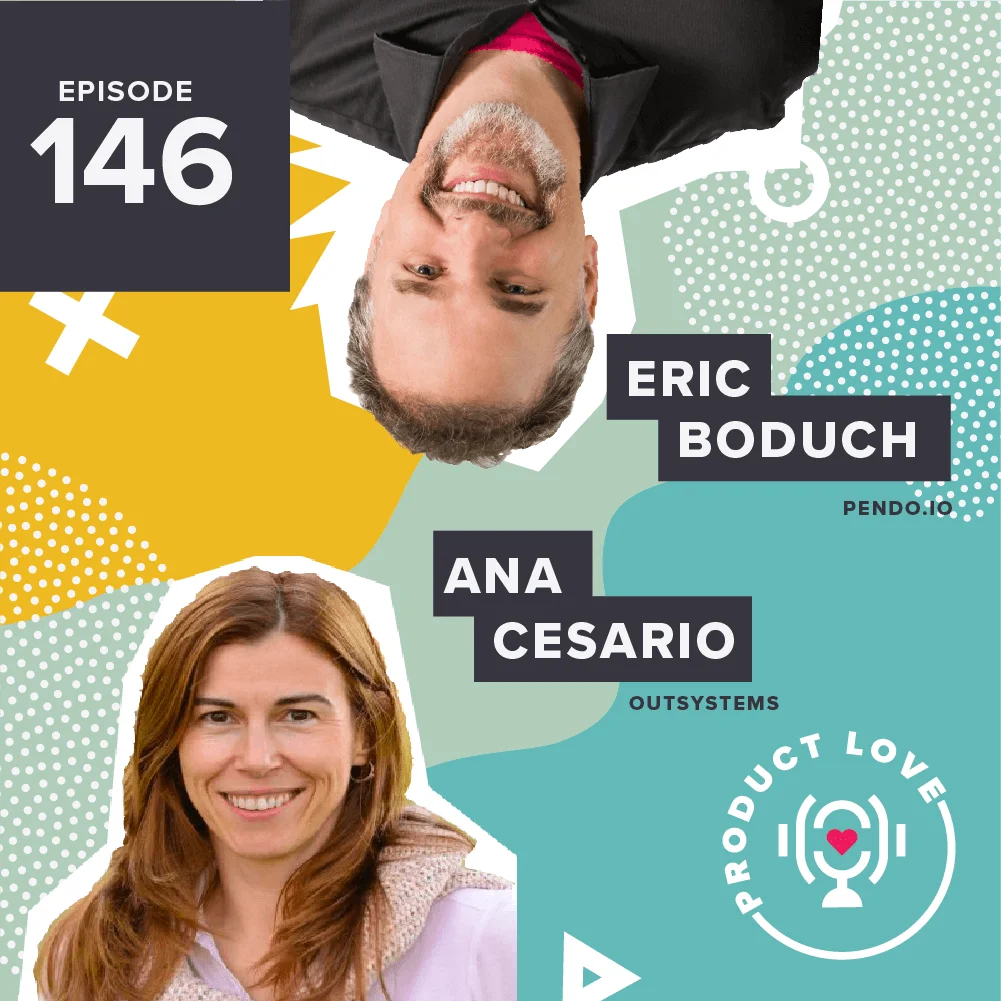This week on the Product Love Podcast, I sat down with Robin Beers, SVP of customer insights and experience design at Wells Fargo. Due to her keen interest in user research, she’s spent plenty of time studying the intersection between technology and people. In fact, she was responsible for all of the early user research for online banking at Wells Fargo sixteen years ago.
Currently, she focuses on the B2B side of things and oversees a team of around 90 individuals. Currently, one of their main initiatives is digital transformation.
In this week’s episode, we talk about experience design in digital transformation and qualitative feedback.
Experience design, design thinking, and digital transformation
During our chat, we talked a lot about the customer journey. On the B2B side, it’s fairly common for people to say that they know their customers well. They know them personally, they visit them — they even play golf with them. But customer-centricity isn’t the same as having a good business relationship with customers. It’s about understanding them from a digital perspective. Teams have to really step into their shoes, and this can take many different forms.
The power of experience design and design thinking creates a process for problem-framing. Often, we assume we know what the problem is. Robin believes that design thinking and experience thinking asks us to step back from our assumptions and re-evaluate them. Taking time to frame the right problem will better ensure that we’re solving the right problem.
Teams can apply this mindset to digital transformation as well. Getting everyone on board with digital transformation can be challenging. For example, Robin’s team had to change the mindsets of their underwriting partners. Their underwriting partners have never attended a design thinking session before, so Robin’s team invited them to a prototyping session. Typically, these partners act as gatekeepers, but the workshop allowed them to ideate and share their ideas.
That’s the magic of design and design thinking. It levels the playing field and allows people to interact collaboratively and creatively without organizational boundaries.
Qualitative research
Robin advocates combining qualitative research with consumer behavior. She believes that consumers were hit hard with surveys a few years ago. Now they’re all experiencing fatigue with filling out those forms.
Instead, it’s best to figure out what they’re doing inside the product and matching that data within this context. Wells Fargo, as you can imagine, is a huge institution that gets volumes of feedback. They try to tackle their qualitative research by showing customers prototypes, doing ethnographic research, and even having a customer advisory council. But these customers have to be examined through their different segments and industries to really understand their feedback. Then, the team must pair their feedback with what they actually do inside the app.
Sometimes, users might push for functionality that they think is absolutely crucial, but their product behavior proves otherwise. For instance, a segment of users could ask for X feature. However, analytics might show that 97% of the user base has never spent much time using that functionality.
The growing importance of designers
The last topics we touched on were AI and machine learning. Robin discussed how the rise of AI is making designers aware that they have more power and responsibility than ever before. We might see certain services as beneficial, like how Google Maps can help a driver get from point A to point B. But there are unintended consequences on neighborhoods that are now seeing different traffic patterns and more congestion. It begs the question: “How might we do good for the world? And at what cost?”
Robin ends on this wonderful point — designing software is political. It’s social. It has the power to shape our world, so we have to be responsible with it.
If you want to learn how Robin hires for her teams or how she uses customer insights at Wells Fargo, listen to the episode above.




